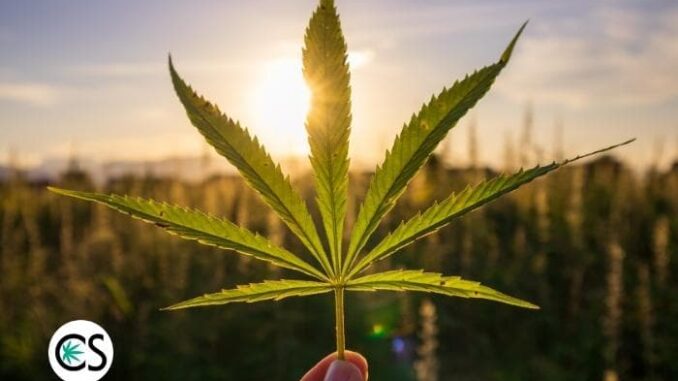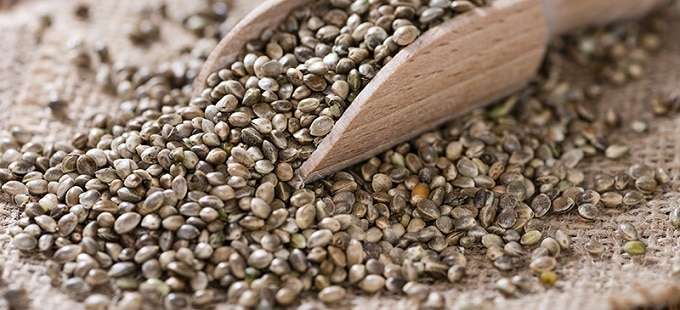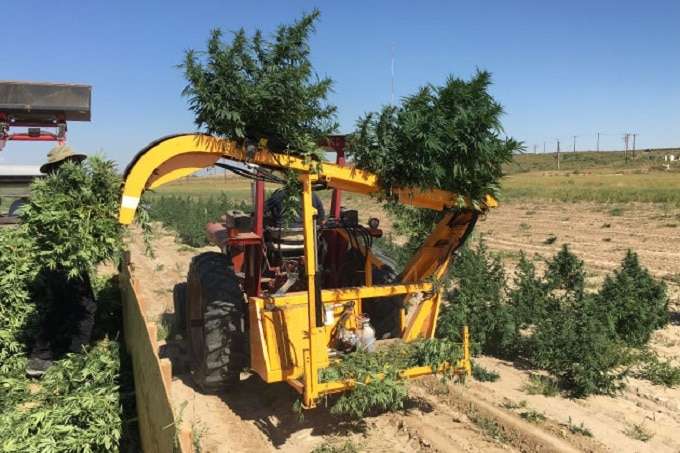
Many individuals consider hemp to be a magical plant that can improve one’s health, along with having the ability to replace other fabric materials, like cotton, that are used to make clothing and ropes. The vitamins, micronutrients, and minerals found in hemp can pose some health benefits, and the sustainability of the plant makes the hemp plant very beneficial for many needs.
When it comes to hemp, there is simply too much to discuss. To assist you with gaining more knowledge about this very beneficial plant we have provided some much-needed information to help you understand what hemp is and how it works.
What is Hemp?
Hemp, sometimes known as industrial hemp, is a biological group of Cannabis sativa that is grown specifically for hemp products for industrial or therapeutic use. It is versatile enough to be used in producing many different kinds of goods. The hemp plant grows at a very quick growth rate, actually one of the quickest on the planet, similar to the bamboo plant.
Additionally, this is one of the earliest plants that was woven into a fiber that could be used 500 centuries ago. It is possible to process it into a wide variety of goods that are used in the commercial sector, such as textiles, paper, rope, plastics, clothes, biodegradable polymers, paint, insulation, animal feed, and food in general.
The plant is a robust annual herb that stands straight and is fragrant. The thin stalks, which resemble canes, are thin everywhere but the very top and very bottom. The blooms are relatively small and have a yellow-green coloration. The leaves are complex and have the shape of palms. The pistillate, often known as female, flowers are the ones that bear the blooms that produce the seeds. These blooms grow in bunches that resemble long spikes. On staminate, sometimes known as male plants, groups of flowers that produce pollen have multiple branches.
There is a common misunderstanding that the plants from which marijuana is produced also produce CBD. While both marijuana and CBD come from a cannabis plant, the type of cannabis plant that produces these two cannabinoids aren’t the same plant.
The type of cannabis plant that produces CBD must legally only produce THC that is no more than 0.3% THC. THC is a cannabinoid that creates a psychoactive effect on the body and brain, and while it is becoming increasingly legal within the United States, it is still federally illegal.
Hemp for Human Consumption
Even though the hemp assortments of Cannabis are comprised of 0.3% or less THC, the hemp plant has numerous industrial and edible applications.
There are three components of the hemp plant that are important:
1. Hemp Seeds
Hemp seeds are just basically the seeds of the hemp plant, as the name suggests. Hemp hearts, on the other hand, are shell-less hemp seeds. Hemp seeds are a rich source of insoluble fiber. In liquid, soluble fiber dissolves, whereas insoluble fiber doesn’t. Both forms of fiber are essential for digestive health. Since hemp hearts lose the protective shell of entire hemp seeds, they provide less fiber or other vitamins.
Gamma-linolenic acid (GLA) is also abundant in hemp seeds. As you may know, GLA is also an omega-6 acid with multiple health benefits. According to a 2016 study, GLA possesses potent anti-inflammatory qualities.

2. Hemp Oil / CBD Oil
Hemp seed oil is another name for hemp oil. Hemp seeds are cold-pressed to produce it. But take note that CBD oil is distinct from hemp seed oil. CBD oil is extracted from the Cannabis Sativa plant and then a carrier oil is used to produce CBD products.
Hempseed oil is solely derived from hemp seeds. It does not originate from the Marijuana plants. Hempseed oil contains no intoxicating ingredients. It cannot be used to get stoned. Hemp oil possesses distinctive qualities and medical benefits.
Hemp oil includes beneficial elements including:
– Proteins are important fatty acids, that are crucial for optimal health
– Minerals such as magnesium, zinc, iron, calcium, iron, and others
– Antioxidants like vitamin E
Hemp oil can be used as a frying oil. Similar to other healthy oils like MCT oil, it can be used in salad dressings, sauces, and spreads. Hemp oil is frequently used as a hair care product or skin body lotion too. Several studies suggest that hemp seed oil may relieve the signs of eczema, a prevalent skin condition1. When used to treat eczema signs, it may reduce the need for prescribed medicine.

3. Hemp Protein
The seedlings of the hemp plant are ground into a powder to produce hemp protein. Hemp protein is composed of all nutrients, such as protein. The essential elements of protein are amino acids. However, several studies have demonstrated that hemp protein is a poor supply of amino acid methionine than soy protein2.
Since it includes healthy fats, hemp protein is a viable solution for vegans and vegetarians. The protein content of whole hemp seeds is roughly 25%. This is greater than the protein content of flax and chia seeds, which seem to be approximately 20% and 18%, including both.
Hemp Can Help Alleviate Certain Conditions
There is just not enough evidence from clinical studies to support claims that treating ailments with hemp or CBD is effective. Despite this, it is still used as a treatment for a wide variety of ailments, including the following:
Industrial Uses of Hemp
Industrial hemp gets the name ‘industrial’ because of how it was originally used before the CBD boom came about. It is a hardy, strong plant that can be used for a variety of building means, too. There is much more to hemp than CBD oil and hemp seed oil.
1. Cotton-like Properties
When it comes to fiber production, 1 acre of hemp is equivalent to 2 to 3 fields of silk. Hemp fiber is not susceptible to mildew and is both more durable and more comfortable than cotton fiber. Hemp fiber also lasts twice as long as cotton fiber.

Cotton can only be grown in temperatures that are considered to be “normal,” and it requires a greater quantity of water than hemp does. On the other hand, hemp can withstand cold, only needs a modest amount of water, and can be grown in many different states.
2. Paper
One acre of hemp can produce an equal amount of paper that two to four acres of trees can produce. Hemp can actually be used in the production of various varieties of paper goods, ranging from wrapping paper to cardboard. The grade of paper made from hemp far exceeds that of paper made from trees. Paper manufactured from hemp will not deteriorate for centuries, and it may be reused several more times than sheets that come from trees.
Additionally, the production of hemp paper requires fewer dangerous chemicals than the production of paper made out of wood.
Conclusion
The hemp plant is a multi-dimension plant that can be used for many, many things. It has been used for over 500 centuries and is now finally making a full comeback to being used for all of the uses our ancestors used it for, and much more. We are very excited about what the future holds for this sustainable plant!
References
1Callaway J, Schwab U, Harvima I, Halonen P, Mykkänen O, Hyvönen P, Järvinen T. Efficacy of dietary hempseed oil in patients with atopic dermatitis. J Dermatolog Treat. 2005 Apr;16(2):87-94. doi: 10.1080/09546630510035832. PMID: 16019622.
2Gorissen SHM, Crombag JJR, Senden JMG, Waterval WAH, Bierau J, Verdijk LB, van Loon LJC. Protein content and amino acid composition of commercially available plant-based protein isolates. Amino Acids. 2018 Dec;50(12):1685-1695. doi: 10.1007/s00726-018-2640-5. Epub 2018 Aug 30. PMID: 30167963; PMCID: PMC6245118.



Be the first to comment